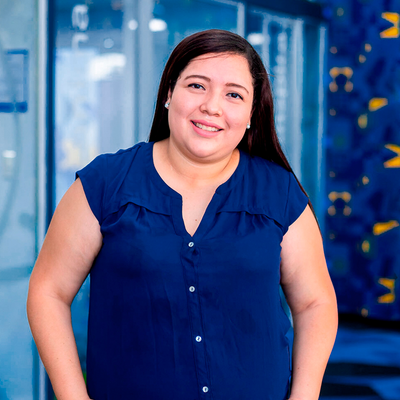How can we truly achieve proactivity within our tech teams? The answer is simple but not always achievable, because proper organization takes effort, and especially a lot of discipline. And it can also be difficult to find like-minded individuals that can work together.
Here is where the Agile methodologies can become your best ally. But, how can you apply a new work methodology to your team? Step by step. First, you need to know the core and final goal of the method, which conceptually is <<an approach to project management and software development that helps teams deliver value to their customers faster since the work is done in small but consumable increments.>>
This methodology can be used not only for software development but also for other departments like human resources or marketing as its core is simply a different but more effective approach to work.
For software development particularly, the best way to adapt to it is by applying the Scrum framework. This is a structure for the team based on shorter cycles or sprints that is meant to organize them and forge their mindset to a better and faster adaptation to the requirements of a project by receiving constant feedback.
One of the greatest advantages of this framework is that it is not “old school” strict, on the contrary, is very flexible to the point that every team can adapt to it according to their expertise and needs. In the end, it is based on clear and effective communication, which means being able to give and receive feedback from everyone on your team.
The key to making it work is selecting your team members' roles accordingly. Once everyone is fully aware of their functionality and what is expected of them, everything starts working like a well-oiled machine. This is one of the best ways to make the best out of the skill set all the different members of your team have to offer. This way, no one gets left behind, and everyone will work toward the same goal which is, organizing the team to deliver results for the next sprint.
Besides getting things done, this framework builds a mindset and a new effective way to work.
Of course, this does not happen overnight. Achieving the level of trust and self-organization required to be called an agile team is built upon different stages.
- First, in the actual formation of the group, roles are selected for the team members according to their expertise.
- Second, the goals and the final purpose of the team are set.
- Third, you start to create and establish the process of how everything needs to be done to achieve the settled goals.
- Fourth, (and probably the most important one) the team gets to know each other and everybody's work dynamics. That is how a level of trust and commitment starts building up in the team.
- Fifth, the actual performance of the team as a whole.
This way of organizing a team makes sure everyone is on the same page, including your client. That's how you move continuously and avoid bottlenecks that lead to the waste of precious resources like time and money.
And as we mentioned before, the idea of building agile teams is not anchored only to software development. It is just a matter of adjusting and understanding what your team has and how it can be put to the right use. Let your teams learn from each other, and with the right mentoring and leadership, they can work wonders for your company in a more effective and especially free of unnecessary amounts of stress.


